Pressure mapping is the visualization of the pressure generated when two or more objects come into contact with each other. Visualizing the extent and distribution of pressure has applications in research and development, analysis and quality improvement across a range of fields. It is widely used in industries relating to automotives, electronics, paper manufacturing, packaging for food and pharmaceutical products, and ergonomics.
So, how does pressure mapping work?
Methods used for pressure mapping include film, which provides an easy means for measurements, and electronic sensors. Read on for some examples.
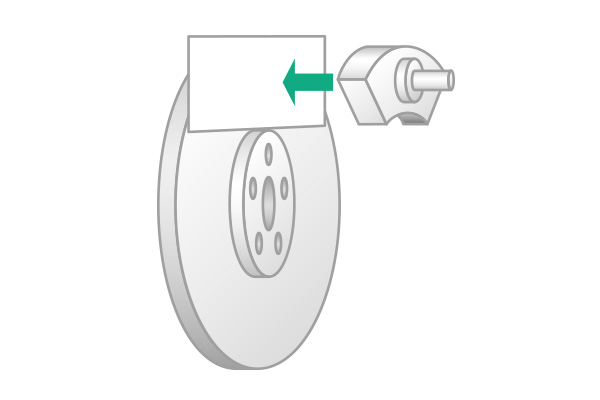

Pressure mapping sensors are one method of performing pressure mapping. They are also known as pressure mapping equipment systems and tactile pressure mapping systems.
Pressure mapping sensors are electronic tools for measuring pressure. In many cases, they can be used by connecting the sensor to a computer with a cord, setting up the device, and performing calibration. During measurement, the sensor is inserted in the area to be measured and pressure is applied.
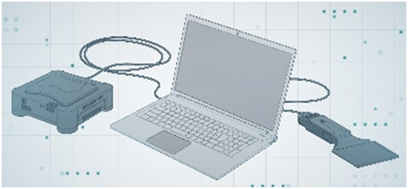
How pressure mapping sensors work:
Most pressure mapping sensors work based on one of two main principles, piezoresistance and capacitance. Converting pressure into electrical signals using these methods enables pressure mapping to be performed on a computer or similar device.
Pressure mapping sensors are suitable for measuring pressure dynamically. This includes uses relating to ergonomics, such as golf equipment, bicycle saddles, mattresses and physical examinations (measuring pressure on the soles of the feet, etc.) They are also used for more specialized applications in areas such as nursing care.
Prescale is a type of pressure mapping film, another tool for pressure mapping.
It is an analog tool that enables pressure mapping using the density of the red patches that appear on the thin film when pressure is applied.
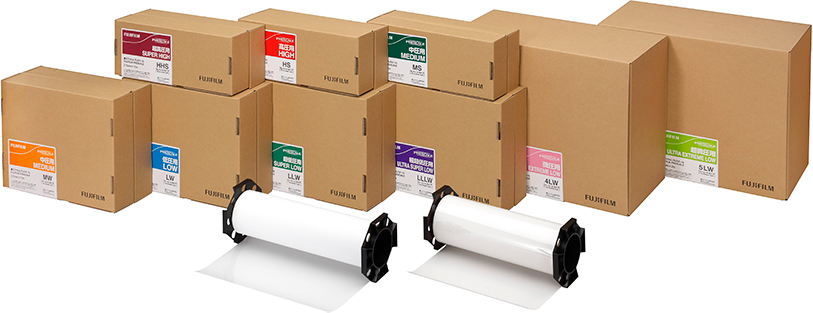
One of the features of Prescale is that it enables any user to perform measurement with ease.
Measurement can be performed in three simple steps.
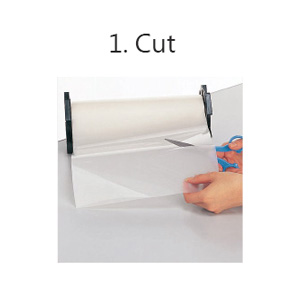


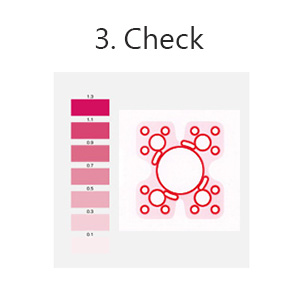
It can be used proficiently in a short time, enabling any user to perform measurements with ease.
As Prescale has no wiring, it can be cut to any size and shape as required.
It is even capable of measuring parts with irregular shapes or holes.

Measurement is simple, only the film is required.
- Confined spaces
- Areas without power supply or internet access
- Locations that cannot be accessed with a computer
Prescale is widely used at R&D and production sites in the automotive industry, the food and pharmaceutical product packaging industry, and industries involved in the manufacture of electronic components such as substrates, lithium ion batteries and semiconductors. In addition to checking contact between parts, it is used to check nip pressure, winding pressure, compression pressure, and tightening pressure.
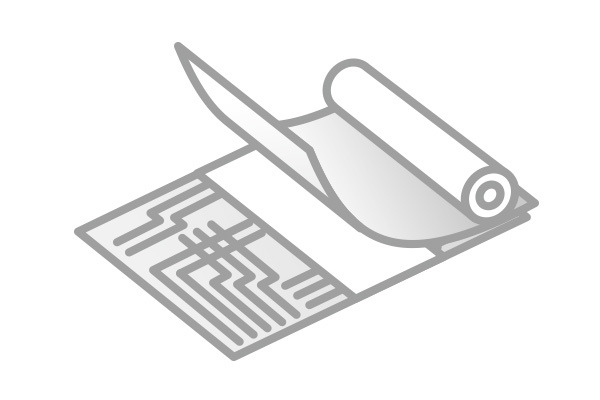



Refer to the official website for more information about Prescale!
Free samples and documents tailored to a range of industries and applications are also available at the link below.